Variety, value characterize SLICE summer program
This summer, Justin Uhl is getting a slice of what junior high will be like.
The young Claremonter, who will be a seventh grader at El Roble Intermediate School this fall, is enrolled in an Algebra Boot Camp held at El Roble through the Claremont Educational Foundation’s annual SLICE of Summer program.
What does Justin think of his new campus so far?
“It’s fun and big,” he said.
There is no credit for taking the class, which is taught by Claremont High School math teacher Ana Espinosa. It’s a great way, however, for kids to be introduced to a potentially tricky subject in a low-pressure atmosphere.
On Monday, July 23, Ms. Espinosa passed out a puzzle requiring students to match the names and symbols for an array of mathematic functions. She likes to break the ice with an easy activity to help shake off the “I can’t do math” block many kids have developed.
Elijah Rodriguez, a sixth grader at Sycamore School, will take a test at the start of this school year to see if he’s ready for a seventh grade math class.
“I have no idea what that is,” Elijah said of a line denoting absolute value. Luckily, Ms. Espinosa was on hand to help decipher the mysterious sign.
“I need you to feel comfortable to ask me questions, because I’m here to help you,” Ms. Espinosa emphasized to her nearly 20 algebra students.
Other staff members also help the program thrive, said SLICE principal Jeremy Troesh. He was happy to mention enrollment is up 20 percent this year. During the school year, Mr. Troesh is a CHS guidance counselor. There are close to 250 kids in first through twelfth grade enrolled in the current session. SLICE’s first session drew nearly 350 students.
“This program runs almost entirely on the reputation of the teachers. We’re fortunate to be able to work with some of the best teachers in the district,” Mr. Troesh said.
It also runs on an agreement made between many kids and their parents: If the student takes a core class they need—from reading comprehension to calculus—then he or she is free to take a fun, extra-curricular course. During each session, participants can opt for one class or take as many as 3 two-hour courses. It’s not uncommon for a child to participate in 2 or even 3 SLICE sessions.
The third-session offerings are quite diverse, including piano, art, drums, Spanish, creative writing, Cooking in the Garden, Introduction to Shakespeare, ukulele, basketball, volleyball, Writing for Theatre, Life-sized Soft Sculpture, Multi-Media Newscasting, Stop Animation Movies, Hands-on Physics and Introduction to Film.
One teacher has also devised a thematic, cross-curriculum course called “The Star Wars Classroom,” which serves to “trick” young sci-fi fans into harnessing the force of learning.
Algebra Boot Camp participant Aditi Chitre recently finished up a speech and debate course, which, at 4 weeks long, is a bit of an anomaly among SLICE classes. The course is taught by Claremont High School English teacher and speech and debate coach David Chamberlain.
Aditi said one of her best debates involved her arguing for the institution of school uniforms. While she would prefer a more free school wardrobe, she took the position because she thought it would win.
“Kids who don’t want uniforms usually just say, ‘I want my own style,’ which isn’t a good argument,” she said. “I said uniforms would reduce school bullying, because kids wouldn’t judge you on your clothes.”
Mr. Troesh raves about all of the SLICE teachers, but said he is particularly amazed by what Mr. Chamberlain manages to achieve in his class.
“You have to be sitting in the classroom and see these kids debate,” he said. “The level of confidence and knowledge these kids gain—their ability to express their opinions and get in front of people—it’s very impactful.”
The scope of SLICE is also quite impactful. Each 2-week class costs $150, money that is used to pay for teachers and classrooms. Any money left over goes to help fund the many activities of the Claremont Educational Foundation. So long as there is room in a class, a student who can’t pay receives a scholarship. Scholarship students make up 25-30 percent of the students in each classroom, according to Mr. Troesh.
Teachers don’t get paid during the summer, so it’s likely that Adventures in Fine Art instructor Noelle Bush welcomes a summer gig. However, it’s not just money that’s kept Ms. Bush, a third-grade teacher at Condit, coming back for 9 years.
“I just love art so much,” she said.
Ms. Bush also loves the fact she can focus on one of her favorite subjects, without the usual constraints of core subjects and testing.
“The students have more time to have fun and express themselves. They don’t have to be so structured,” she said.
Retired Chaparral Elementary School teacher Pam Gould volunteers her help with the 6 or so students enrolled in the afternoon art class. After school is over, she joins Ms. Bush, a good friend, in preparing for future art projects.
The educationally-oriented pair pore over art and craft ideas on social sharing sites like Pinterest, then experiment to find out which projects, featuring inexpensive materials and a short timeline, will turn out great. Bracelets woven from old T-shirts and embellished with a button; Owls drawn over vintage dictionary pages; toilet paper roll trolls, and interchangeable sets of colorful paper squares with kaleidoscopic designs are just a few of their discoveries.
Sebastian Bachman, an 11-year-old Sycamore student, is a returning art student with the SLICE program. Sebastian, who is also taking basketball, says he’d like to be a film director.
“I just really like art,” he said.
—Sarah Torribio
storribio@claremont-courier.com



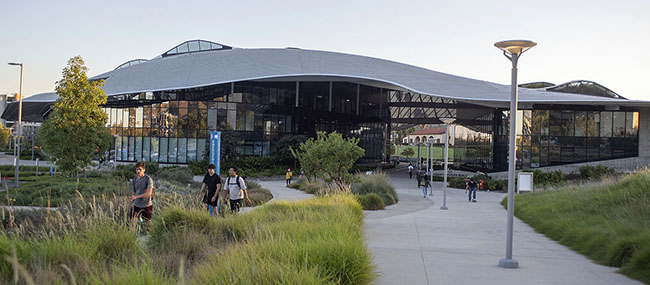
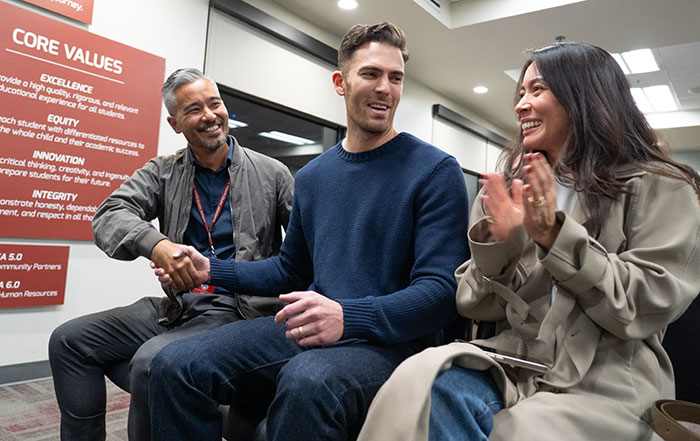
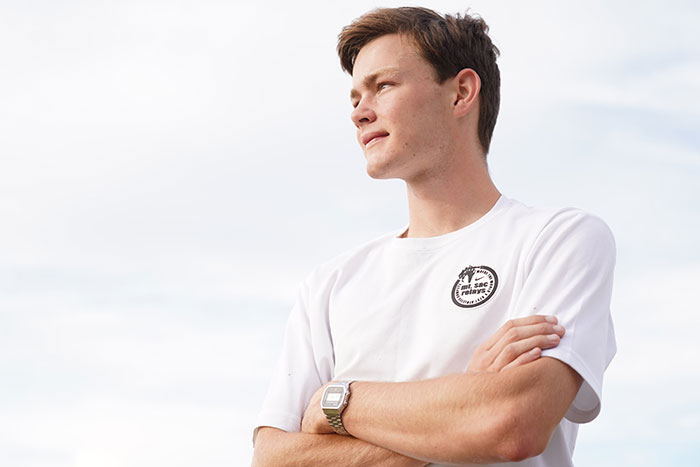
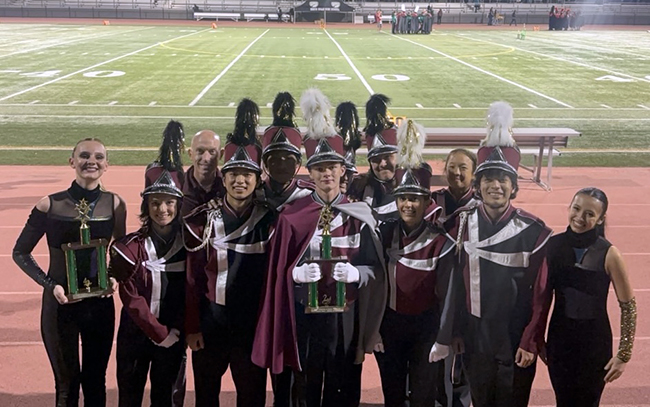
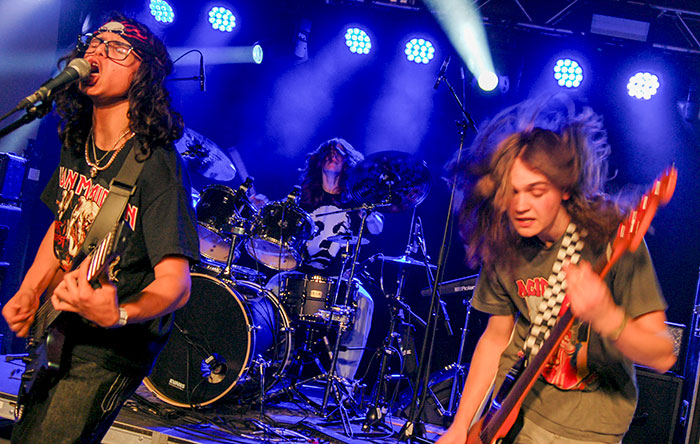
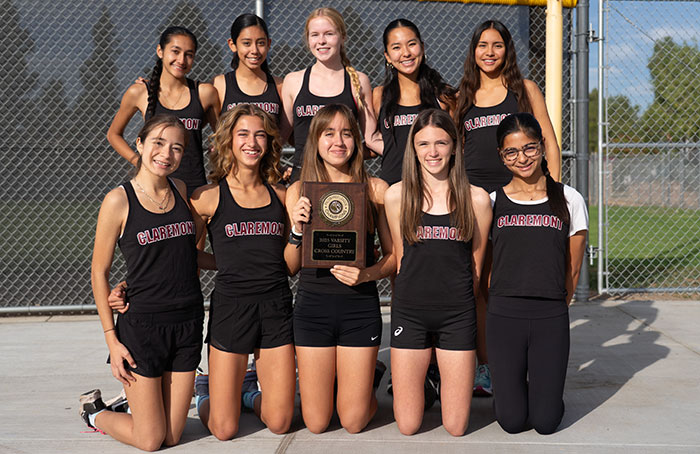

0 Comments